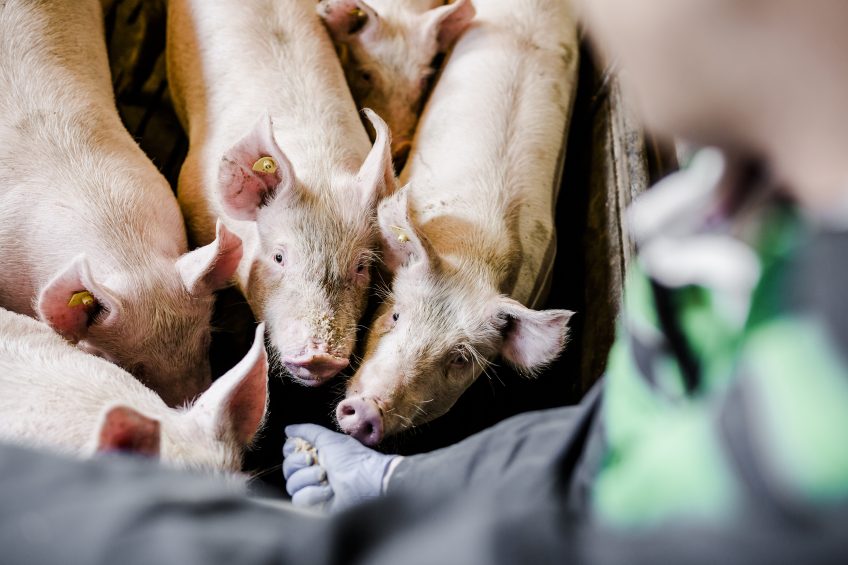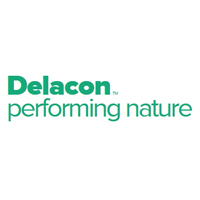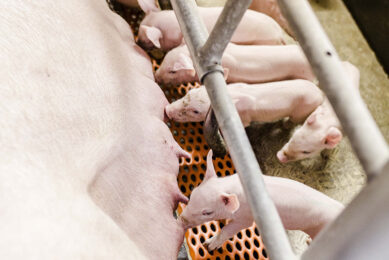Minimise ammonia emissions by the power of phytogenics

High aerial ammonia concentrations result in respiratory diseases, decreased animal growth performance and increase veterinary costs. Research data demonstrate that dietary addition of PFAs rich in saponins reduce ammonia emissions. Therefore, pig’s performance and well-being and farmer’s working conditions are enhanced, of which both, animals, farmers and the environment alike, will profit.
Almost every farmer immediately recognises the pungent and irritating odour of ammonia that stings one’s nose when working in a swine farm. Working for 8 hours in an environment with an aerial ammonia concentration of 20-25 ppm leads to the occurrence of eye, nose and throat irritations of workers, whereas similar symptoms are known for pigs.
Adverse effects of ammonia
Ammonia is formed through bacterial and enzymatic decomposition of nitrogen compounds, mainly of urea in the slurry. If aerial ammonia gets in contact with mucous membranes in the respiratory system of animals or humans, it causes destruction of the mucosal surface and the intrinsic mucosal barrier against infectious agents in the affected areas drops. Therefore, animals become more prone to respiratory diseases such as Rhinitis and Pneumonia, associated with increasing medical costs and animal performance losses.
It is clear that high aerial ammonia concentrations adversely affect the animal’s well-being. As shown in a trial of the HBLFA Gumpenstein (Austria), ammonia concentrations over 40 ppm prolong the fattening period by up to 6 days: Daily weight gain declines by max 7% and in addition, feed conversion ratio worsens by max 9%. Not a good basis for successful animal production.
Controlling odour emissions
On top, people living in the direct surroundings of swine farms file complaints about odour emission, which require large investments to reduce ammonia concentrations in exhaust air. The addition of saponin-containing phytogenic feed additives (PFA) to swine diets is a proven strategy to reduce ammonia emissions in animal production.
Saponins (from latin sapo, soap) have been used for centuries in human medicine as a biologic detergent. In addition, saponins can be used to reduce ammonia production. Several mechanisms of ammonia reduction by saponins are discussed: Direct binding of ammonia and an inhibition of enzymes involved in the urea degradation. Combining management strategies, phase-feeding and the use of saponin-containing PFAs are effective approaches to reduce ammonia emissions in barns.
More means less
Delacon has performed many trials in its own Performing Nature Research Center (PNRC, Znojmo, Czech Republic), to determine the effect of PFAs on growth performance and ammonia emission. For accurate measurement of ammonia, pigs were housed in air tight climate chambers, equipped with a multi gas monitoring system INNOVA 1412. Each of the 12 chambers can house up to 27 piglets or 9 grower/finisher pigs. Trials at the research centre and external institutes showed that the addition of Delacon’s saponin-containing PFAs reduced ammonia emission in all phases of swine production.
For example, in finisher pigs from 80 to 125 kg, dietary addition of 2 dietary inclusion levels of a saponin-rich PFA reduced ammonia emission (per kg body weight gain) by 19% and 26% for the low and high dietary PFA dose level compared to the control (Figure 1). As the PFA core without saponins improves protein digestion and amino acid utilisation, it already reduces ammonia emission. However, the ammonia reducing effect was strongly supported by the saponin source. In both starter (6.5 to 20 kg) and grower pigs (23 to 62 kg), a similar reduction in ammonia emissions was observed with 29% and 21%, respectively, compared to an unsupplemented control diet.
References available on request
Author: Anne Oberdorf, Technical Communications, Delacon Biotechnik, Austria



